Get Involved
Learn More
Operation Antarctica Defense
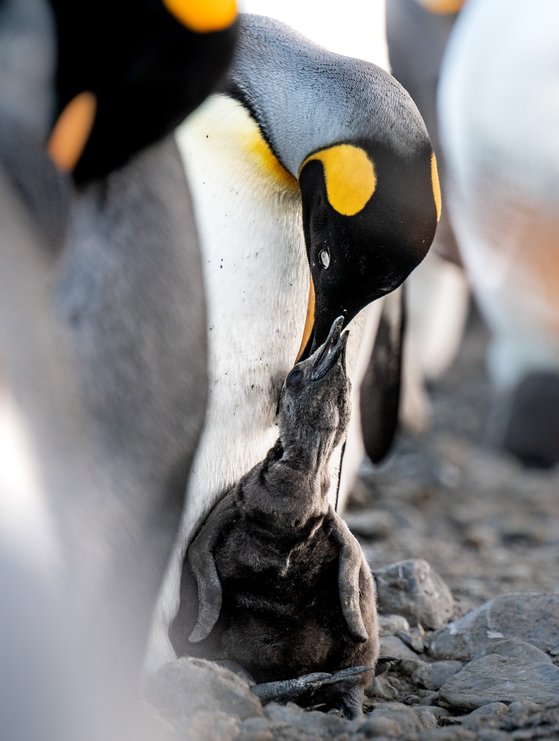
The krill ecosystem in the Antarctic is a delicate and intricate web of life, where numerous species rely on these small, shrimp-like crustaceans for their survival. At the very foundation of this complex system, Antarctic krill, play a pivotal role as a keystone species.
These tiny animals form massive swarms that drift through the frigid Southern Ocean, providing sustenance for an array of marine life. From filter-feeding baleen whales, including humpbacks, blues, and minkes, to agile penguins such as Adélie and chinstrap, and a diverse array of seabirds, including albatrosses and petrels, krill serves as the primary source of nutrition. Additionally, a multitude of fish species, seals, and even some invertebrates like squid and salps, directly or indirectly depend on krill for their dietary needs.
Thus, the krill ecosystem not only highlights the interdependence of Antarctic species but also underscores the critical importance of preserving this fragile balance for the health and sustainability of the entire Antarctic food web.
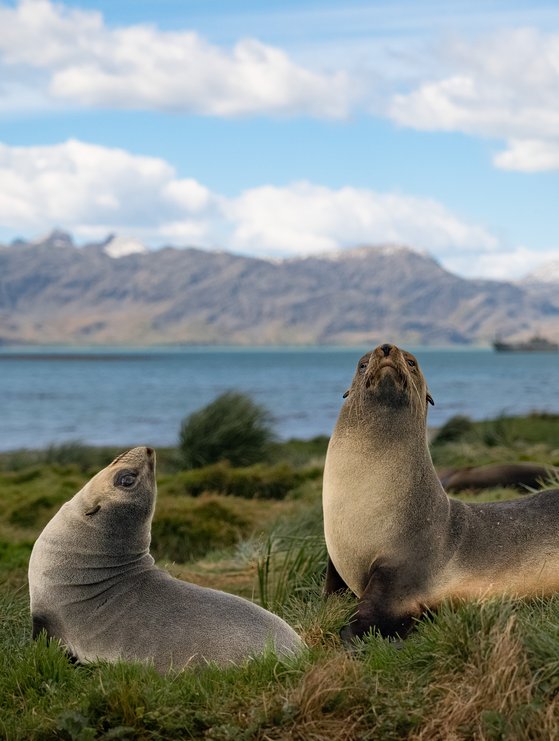
Industrial krill fishing could be the final straw for many endangered species that live in the Antarctic. Since 2007, the local number of fur seals has decreased by 86 percent. The main food for fur seals during the summer breeding season is krill. Without abundant krill readily available close to their breeding beaches, fur seal mothers are often having to travel too far to find food.
The world's second-largest emperor penguin colony, has suffered three years of almost total breeding failure. Diminishing stocks of Antarctic krill in the Southern Ocean have decreased the average weight of southern right whales by 23% in the past three decades, reducing their ability to produce healthy offspring.
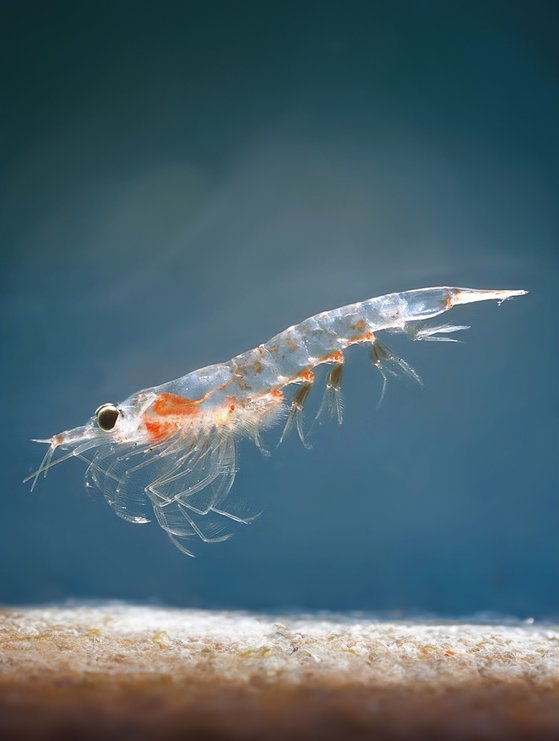
Krill are found in oceans around the world, often forming massive swarms, sometimes numbering in the billions. These small, translucent, shrimp-like animals, typically measuring about 1 to 6 centimeters in length, primarily feed on phytoplankton, microscopic plants that harness sunlight for energy.
Their populations are influenced by a variety of factors, including temperature, sea ice coverage, and nutrient availability, making them a sensitive indicator of broader environmental changes. Understanding the dynamics of krill populations is imperative for comprehending the health and stability of marine ecosystems worldwide.
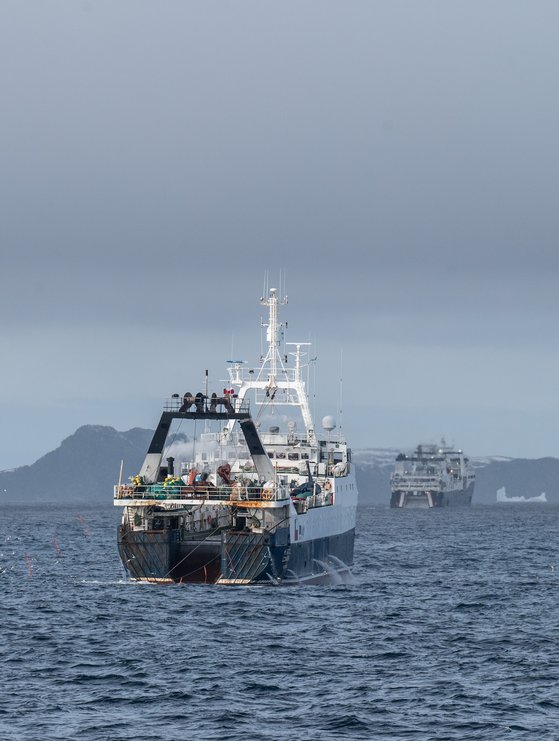
The krill supertrawlers are huge floating factories, armed with the latest technology and equipment to ensure that they catch as much as they possibly can.
These vessels come from numerous ports and are flagged to numerous countries, but mainly from Norway, China, South Korea, Ukraine, and Chile. In 2020, Norwegian vessels dominated the catch with 55%, while Chinese vessels followed with 25%.
These krill supertrawlers are equipped with specialized trawl-nets, designed to capture vast quantities of krill. Shockingly, in 2021 and 2022, multiple humpback whales fell victim to these nets, suffocated as they were dragged to their deaths, underscoring the pressing need for reevaluating current practices.
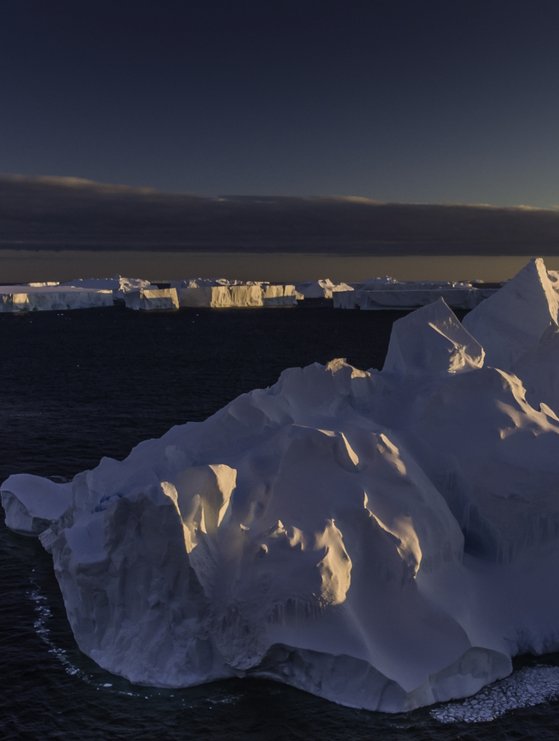
In October 2023, the Commission for the Conservation of Antarctic Marine Living Resources (CCAMLR) has announced that the krill catch quota in Antarctica will not be increased. Earlier that year, journalists from the Associated Press joined us on board our mission to Antarctica, and it was their recently released report that we believe influenced this decision not to increase the catch quota.
Not only did the Commission reject the efforts of the fishing industry to have the krill quota increased, but they also committed to holding a special meeting to discuss the creation of new marine protected areas (MPAs). A meeting has been scheduled for summer 2024.